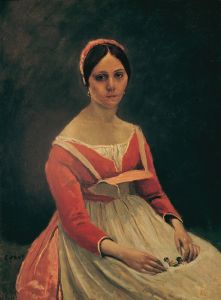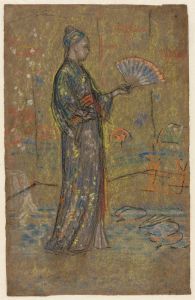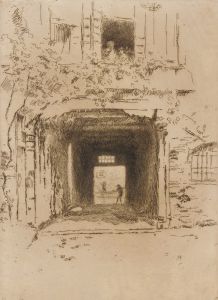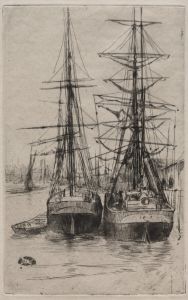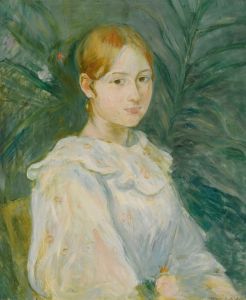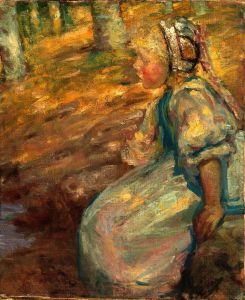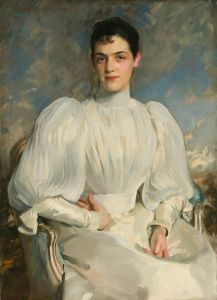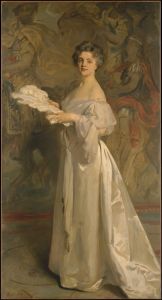
The Japanese Dress
A hand-painted replica of James Abbott McNeill Whistler’s masterpiece The Japanese Dress, meticulously crafted by professional artists to capture the true essence of the original. Each piece is created with museum-quality canvas and rare mineral pigments, carefully painted by experienced artists with delicate brushstrokes and rich, layered colors to perfectly recreate the texture of the original artwork. Unlike machine-printed reproductions, this hand-painted version brings the painting to life, infused with the artist’s emotions and skill in every stroke. Whether for personal collection or home decoration, it instantly elevates the artistic atmosphere of any space.
James Abbott McNeill Whistler was an American artist known for his significant contributions to the art world during the 19th century. Among his diverse body of work, "The Japanese Dress" is one of the paintings that reflect his fascination with Asian art and culture, which was a common theme among many Western artists during this period, known as Japonisme.
"The Japanese Dress" is an oil painting that showcases Whistler's interest in Japanese aesthetics, which was influenced by the influx of Japanese art and artifacts into Europe and America following the opening of Japan to the West in the mid-19th century. This cultural exchange had a profound impact on many artists, including Whistler, who incorporated elements of Japanese design and composition into his work.
In "The Japanese Dress," Whistler employs a model dressed in a kimono, a traditional Japanese garment, which was an unusual and exotic subject for Western art at the time. The painting is characterized by its subtle color palette and delicate brushwork, hallmarks of Whistler's style, which often emphasized mood and atmosphere over detailed realism. This approach aligns with the principles of Japonisme, which valued simplicity, elegance, and the beauty of everyday objects.
Whistler's use of a Japanese kimono in the painting not only highlights his appreciation for Japanese culture but also reflects broader trends in Western art during the late 19th century. Many artists were captivated by the perceived exoticism and sophistication of Japanese art, which offered a fresh perspective and an alternative to the dominant Western artistic traditions.
The composition of "The Japanese Dress" is carefully balanced, with attention to the harmony of colors and forms. Whistler was known for his belief in "art for art's sake," a philosophy that prioritized aesthetic experience over narrative content. This philosophy is evident in the painting, where the focus is on the visual and emotional impact rather than a specific story or message.
Whistler's exploration of Japanese themes can also be seen in other works, such as his famous "Peacock Room," which further demonstrates his integration of Asian motifs into his art. His ability to blend Western and Eastern influences contributed to his reputation as a pioneering and innovative artist.
"The Japanese Dress" is a testament to Whistler's skill in capturing the essence of his subjects with elegance and restraint. It remains an important example of the cross-cultural influences that shaped the art of the late 19th century and highlights Whistler's role in the broader movement of Japonisme.
Overall, "The Japanese Dress" by James Abbott McNeill Whistler is a significant work that reflects the artist's engagement with Japanese culture and his contribution to the artistic dialogue between East and West during his time.






